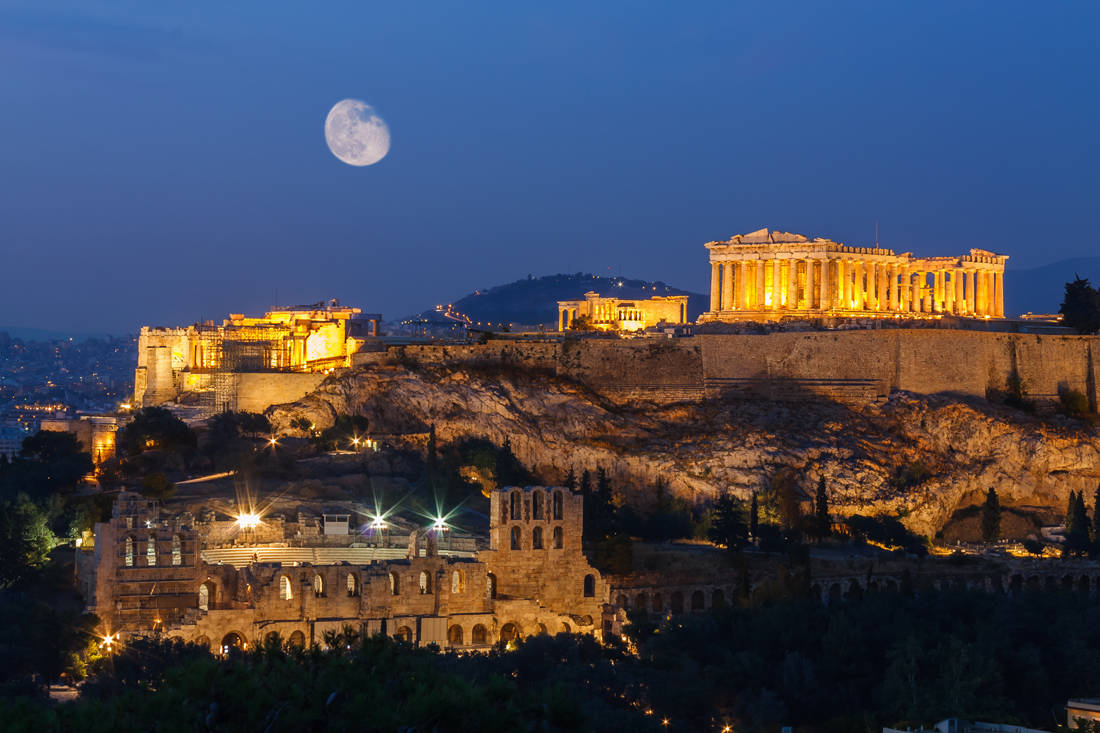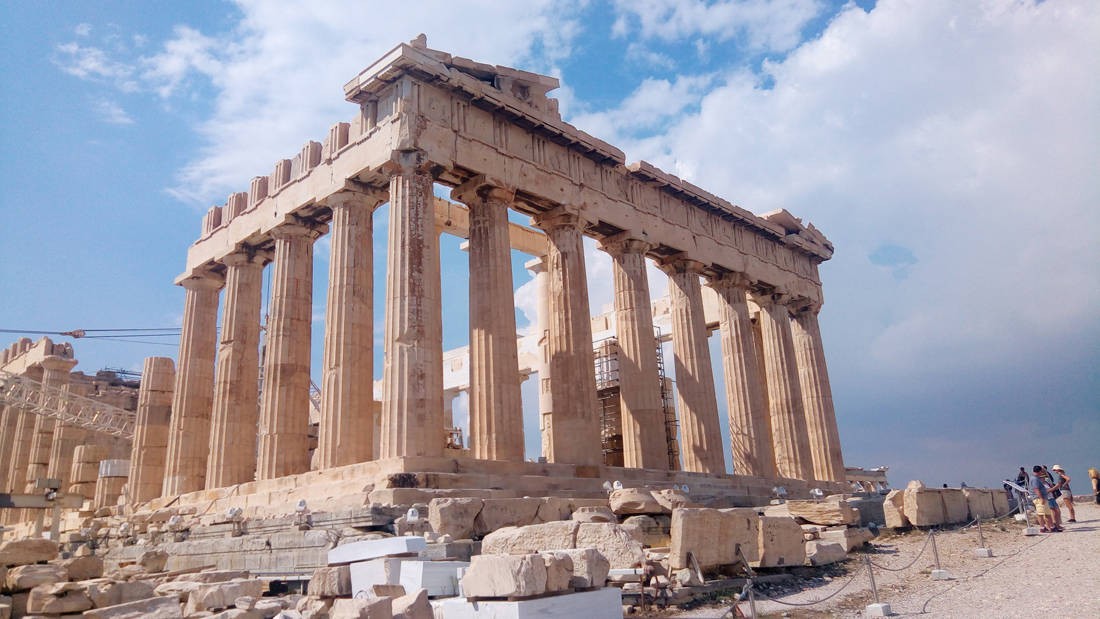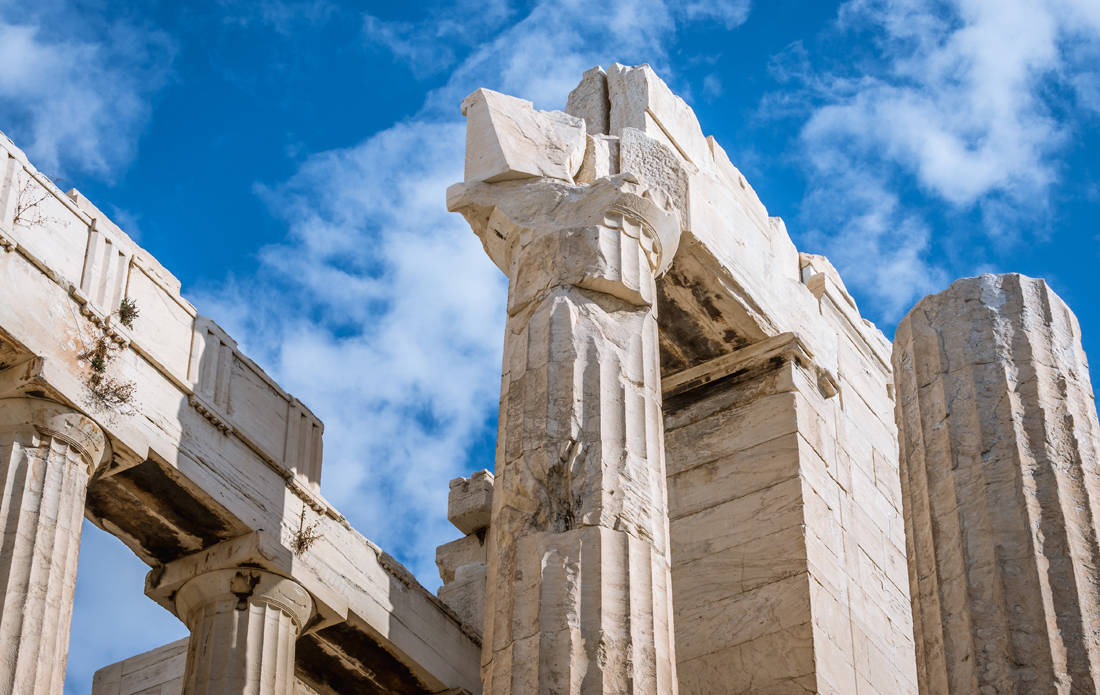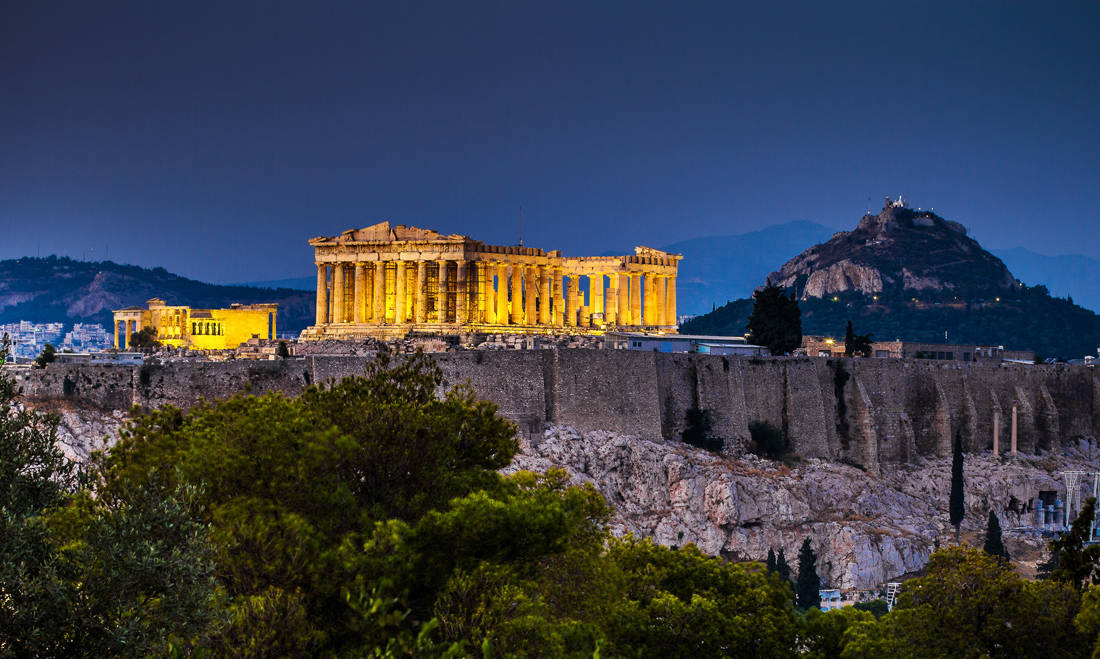If anything has bothered scientists and engineers enough it is the secret of the flawless seismic behavior of the Parthenon and its Rock Acropolis, in a history of 25 centuries of seismic vibrations.
How does it stand arrogant while other modern constructions have collapsed? What is the reason for this amazing strength of the monument on Natural Disaster; How could ancient engineers build it according to modern anti-seismic regulations? How did the people of that time have this knowledge and were they able to apply it?
We should not forget that it has recently increased investment interest for plots of land which have been left unexploited in the area of the Acropolis in order to create hotel units next to the monument with the inhabitants fearing that the Parthenon will be "lost" from the eyes of the inhabitants and visitors of the capital.

It is a fact that many scientists and engineers have been diligently concerned with the mysterious phenomenon of static stature. After much research, they concluded that the buildings on the Acropolis rock were constructed in such a way as to withstand earthquakes.
Professor Kyriazis Pitilakis who teaches Technique Seismology and Seismic Engineering at the Aristotle University of Thessaloniki and has dealt with the monuments of the Acropolis, reports newsbeast.gr that the Acropolis is a genius system in terms of seismic behavior and that the columns, apart from the fact that they were made to be easy to transport, were designed in such a way that they have excellent behavior in seismic activity.
"A lot of work has been done in Greece and abroad and there is a general conclusion which concerns not only the Parthenon but in general the ancient constructions of the type of ancient Greek temples with columns which are modular. And when I say vertebrate I mean pieces that go on top of each other and which are made with a specific technology. So you can imagine vertebrae on top of each other that can and do have a relative freedom of movement between them that depends on the friction that develops between the vertebrae and the surface. It has been proven that these columns, not only those that are single from top to bottom, but the vertebrates, are genius systems that absorb a great deal of seismic energy, with the result that their deformations are very limited and therefore their collapse is it is very difficult. In other words, they collapse under special conditions with vibrations that are of great period and intensity.
Therefore, most ancient Greek temples, which are constructed in this way are monuments that can withstand seismic vibrations very well. I am talking about very large accelerations ", says Mr. Pitilakis to add:
"The damages we see, the catastrophes to a small or large percentage I can not know, are due to man-made causes. That is, when the monument over the centuries it has lost its usefulness and the people themselves in many cases destroyed it to use the material as new building material.
That is, the temples that for some reason could and did stay, either in Southern Italy, and it is very seismogenic, or in Greece, for some reason could not be used and having this amazing behavior in the earthquake could and remain in good condition until nowadays. The Parthenon is one of those temples that have been saved from all other situations, as well as the Propylaea and generally all the constructions that are on the Acropolis ".

"The Acropolis has an elliptical shape and apparently because it is a rock it is more affected, like its monuments, by earthquakes that have their origin and source relatively far in terms of the possibility of damage.
Nearby earthquakes, even those like the ones we had in 1995, are usually short-lived and the energy content that can cause some damage is relatively small and can be easily omitted from structures of the type I described earlier. It seems that these monuments will be more vulnerable than a fairly distant and quite large earthquake, which is relatively rare in Greece. I mean distant at a great distance. An earthquake that will be very strong, extremely rare at 100-200 km for example.
For this reason we believe that the monuments of the Acropolis withstand seismic vibrations and very well. The National Observatory, when Greece had more money, for example in the Olympic Games, had set up an in-house monitoring program in collaboration with the Acropolis restoration service. The measurements we have taken and analyzed show exactly this, that one would expect that the Acropolis and its monuments will be more vulnerable to strong distant earthquakes, but they are very rare.
So we can say that in general we are rather reassuring about its future behavior. Acropolis and its monuments for ordinary earthquakes in Greece and especially in Attica. The very good behavior and especially I would say of the vertebrate columns, which is a very attractive subject from the research point of view, proves that the Acropolis is a genius system in terms of seismic behavior "

As for how engineers were then able to build with more modern seismic methods, the Professor of the Department of Civil Engineering of the Polytechnic School of AUTh, Kyriazis Pitilakis explains:
"It is not certain that they did it consciously from the beginning because the monolithic columns are much heavier and much more difficult to transport. Therefore, to make vertebrates, that is, piece by piece, each piece weighs a few tons, of course, is much easier. In Greece, most constructions of this type were modular. And then working and seeing the behavior over the years they obviously found this so good behavior. Do not think that from the beginning it had the genius idea of an engineer of the time to build it that way but learning over time proved to be a very good solution. We would say that this is a kind of seismic insulation, with a very simple wording, which is widely used today in seismic insulation as a basic idea ".

Concluding our conversation, Mr. Pitilakis emphasizes that Greece could be at the forefront of know-how in the world in terms of the restoration of monuments.
"Her wealth Greece, the cultural heritage we have needs protection and protection not with words. How much more a monument like the Acropolis that needless to say the radiation it has, there must be systematic studies. An amazing restoration project is being done right now but studies should be done as well.
Greece could be at the forefront of know-how in the world when it comes to the restoration of monuments. It is at a very good level but it could be even further forward "he concludes.
Save
Save
Save
Save
